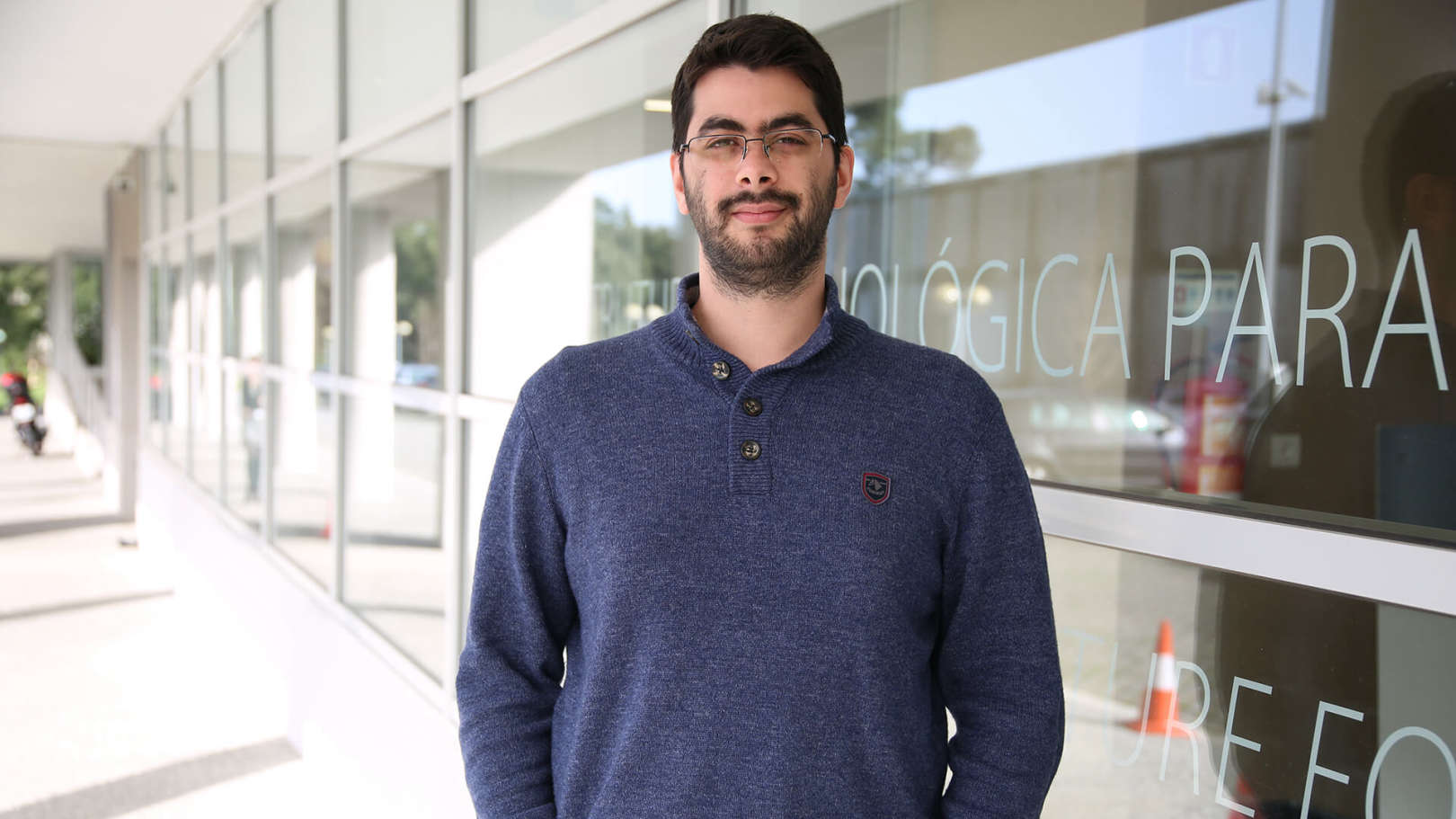About
I obtained my BSc and MSc in Computer Science at the Faculty of Science in the University of Porto.
Since 2014 I have been working at INESC TEC mainly on computer vision and I am currently also a PhD student at the Faculty of Engineering in the University of Porto.
My main research goals are related to Computer Vision, also with an emphasis on Machine Learning and Virtual Reality.


